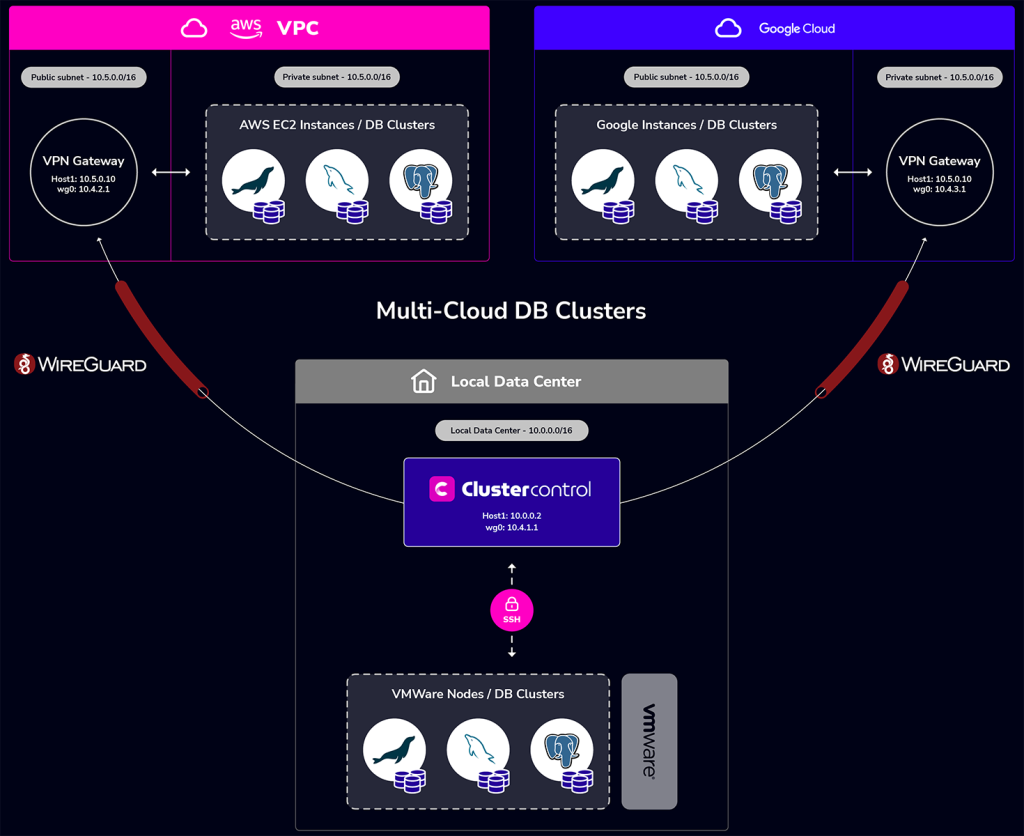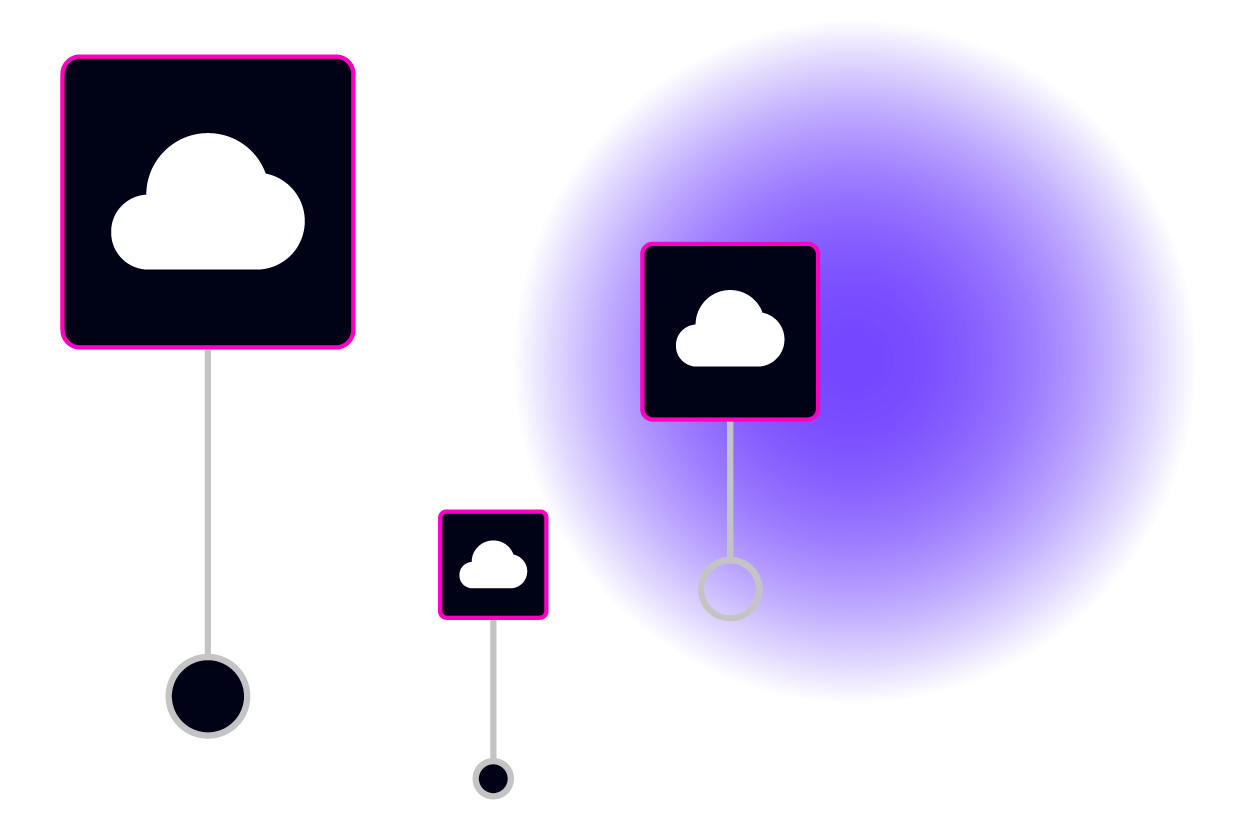What is multi-cloud and why use it?
Multi-cloud is the use of multiple cloud providers whether it’s deploying into multiple cloud infrastructures or using differentiated services from more than one provider.
There are several reasons for the rapid adoption of multi-cloud:
- Vendor lock-in
One key driver of going multi-cloud is to avoid becoming locked in with a cloud provider’s services and pricing model. A multi-cloud strategy from the start ensures an easier migration path from one provider to another if the architecture has been designed with portability in mind.
It also gives an opportunity to develop cloud applications to meet different technical and business requirements in order to optimize costs, take advantage of differentiated services, or in response to differing service levels between the cloud providers.
- Geography
Different providers have different strengths and weaknesses in a particular region either in terms of costs, services offered, support, or latency. This is leveraged to improve cost-effectiveness and service performance by deploying closer to end-users.
Service performance is highly dependent on where data is retrieved or stored. Optimal latency and user experience are best achieved when data is served from a cloud provider closest to end-users.
- Governance
As we have seen with GDPR, new government regulations can have a profound impact on the way that data privacy and locality needs to be managed. Many public sector organizations for example want their data stored locally in their region. In some countries this is a legal requirement and in others, it’s a preferred option.
- Resilience
Multi-cloud is also a strategy for disaster recovery. Using multiple providers can help organizations ensure operations and core business functions are not severely impacted by a local disaster or unplanned incidents for a provider which can take critical services offline.
Another risk to operate out of one cloud provider is what happens if a provider goes bankrupt. A few years back the cloud storage company Nirvanix went out of business and its customers had just a short time to retrieve all their data and find another place to store it.

Want to know how
ClusterControl can help?
How does ClusterControl support multi-cloud operations?
Going multi-cloud is usually easier said than done. Applications are made to run in containers that present few difficulties moving or running in different clouds however the database is a critical and key component of stateful applications and for the most part, still runs on dedicated hardware or virtual machines. Moving a database to a new environment is not a trivial task in addition to having small maintenance windows where a limited amount of downtime is allowed or perhaps not at all.
Disaster recovery solutions with multi-cloud database deployments are usually homegrown and maintained with custom scripts and manual effort to recover in time to meet the organization’s stated recovery time objective (RTO).
ClusterControl provides a number of features that facilitates recovery scenarios with “full-ops” database management in diverse environments such as multi and hybrid clouds:
- Disaster Recovery
- Active-Active clusters (Asynchronous Replication)
- MySQL Galera
- MySQL NDB Cluster
- Active-Active clusters (Asynchronous Replication)
- Active-Active clusters (Semi-synchronous Replication)
- MySQL Galera
- Active-Standby (or Master-Slave) clusters
- MySQL Galera
- MySQL Replication
- PostgreSQL
- Workload management
- Highly available database aware load balancing with read-write routing
- Cluster provisioning
- Streaming backup from Active cluster
- Previous backups
- Node provisioning
- Streaming backup from master node
- Previous backups
- Enterprise-grade backup and restore management
- Full, incremental and differential backups
- Physical and logical backups
- Encryption and compression
- Point In Time Recovery
- Offsite shipping to cloud storage with S3 API compliant cloud storage providers




